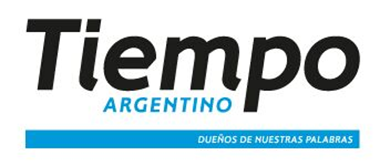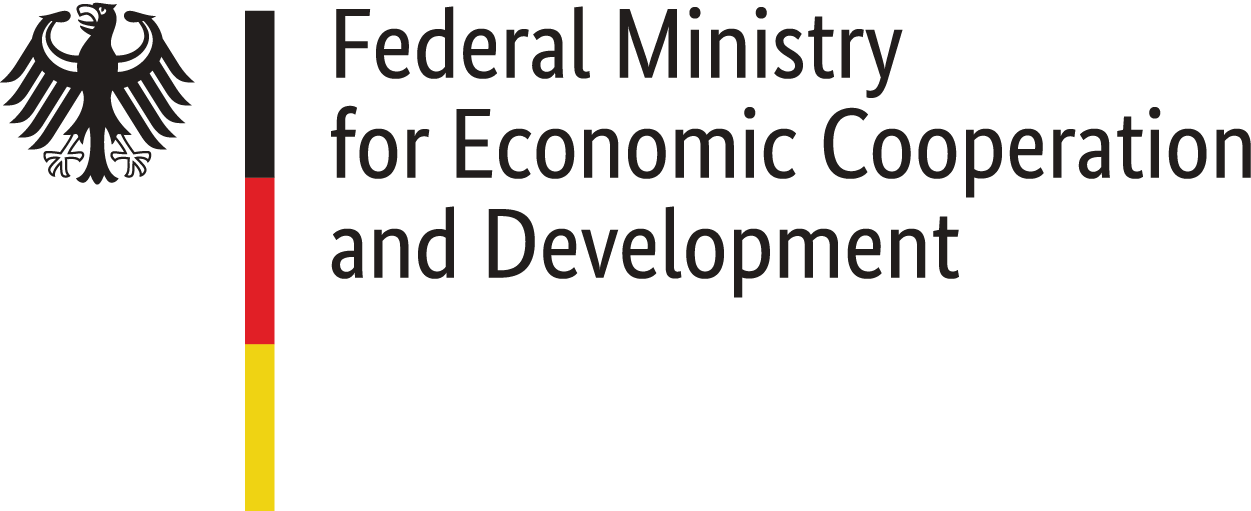Media Consumption
Statistics on how Argentines use and consume culture, reflect the role played by traditional media in the information and entertainment habits of the Argentine population.
With regard to the equipment and infrastructure in Argentine households, Argentina’s National Institute of Statistics and Census (INDEC) reports that power supply penetration is almost universal (98.8%). By 2017, 64.3% of households had a computer. In addition, 75.9% of households also had some type of Internet connection[1]. The last National Survey on Access and Use of Information and Communication Technologies (ENTIC)[2], which was carried out in 2015, showed that 97.7% of all Argentine households had a TV, while 75.5% had a radio receiver.
In 2017 average Internet connection speed over fixed broadband was 12 Mbps, even though 21 out of the country’s 24 provinces registered lower speeds. The main Internet connection device is cable modem (48.5%), followed by ADSL (45.5%) and, to a considerable lesser extent, optical fiber (2.7%).
Data from Argentina’s National Communications Entity (ENACOM) show that in every 100 households, 70 have a fixed telephony line, 70 have a pay TV subscription and 61 have Internet access over fixed broadband. Private estimates, such as those made by consulting agency Business Bureau, indicate that pay TV penetration is close to 80%, given the fact that there are prepaid subscription systems and tapped or hacked connections. In addition, the number of mobile telephony lines is higher than Argentina’s population: 140 lines every 100 inhabitants. What’s more, every 100 households, 97 have a TV receiver and 76 have an AM/FM radio receiver[3].
The National Survey on Cultural Consumption (ENCC)[4] is carried out by Argentina’s System of Cultural Information (SINCA) and provides information on Argentines’ media use based on their answers to the survey. According to the 2017 edition, radio has been one of the most affected traditional media, having lost 17% of its share in comparison to the results of the previous survey, in 2013. However, its penetration still is high (70%). The traditional radio receiver continues to be the most popular device (62%), followed by the car stereo receiver (24%) and the cell phone (22%).
TV continued to have a high penetration rate in Argentines’ cultural life in 2017, with a traditional TV reach of 95%. However, data suggest that the TV set also became the fastest growing means of Internet connection between 2013 and 2017, and smart TVs accounted for 54% of market penetration in 2017.
Like radio, printed media is one of the industries that is losing momentum. In 2013, 73% of those surveyed read newspapers; in 2017 this figure decreased to 57%. According to respondents, the main cause of the fall is a lack of interest. Like radio, the decline among young people is sharper than among elder adults.
Below there are some relevant data on those media outlets with the largest number of listeners, readers or viewers. Grupo Clarín controls many rankings in different industries: Radio Mitre is the leading AM radio station; La 100 leads the FM radio segment; Clarín is the broadest circulation newspaper in the country and its website is the second most visited news website; Clarín’s Canal 13 is the second most viewed open TV channel; and Clarín’s TN is the pay TV channel with the highest rating in the country.
However ith a closer look on data, it is still possible to find a few more and less relevant market actors besides the all-dominating market position of Clarín. La Nacion’s readership is leading in the printed and online media industries; Grupo Indalo shows a good performance in pay TV (with the second most viewed channel, C5N), in radio (Radio 10 and Radio Pop are among the leading stations) and in web (the website Minutouno is among those with largest numbers of visitors); Grupo América owns América TV, which is one of the most viewed free TV channels, and their radio is popular in Buenos Aires and Mendoza. VIACOM is a media company that only operates in the (pay and free) TV sector: Telefé is the most viewed free TV channel.
According to ENCC, in 2017 the main device to access Internet was the cell phone (76%), followed by the computer (57%). Cell phones are used to listen to music (50%), listen to the radio (17%), read newspapers (14%) and play video games (12%). As regards social media, the most popular in Argentina were Facebook (64%), Instagram (27%) and Twitter (13%). Besides, in the area of audiovisual content, free websites such as YouTube were the third most viewed platforms (31.5%), after cable TV (74%) and free TV (58%). Paid streaming services such as Netflix ranked forth, with 25% of respondents using them.
In terms of supply, current statistics in Argentina are not specific enough to accurately determine the number of media and news producers. According to data gathered by SINCA in their cultural map[5] of Argentina, there are 2,130 radio stations, 56 free TV channels, 191 printed newspapers and 322 digital news outlets.
In their records, ENACOM lists 6,125 radio stations (including 279 AM radio stations) with some kind of license or authorization awarded by the State, while they estimate there are around 5,000 illegal radio stations. In addition, according to this record, in which all media must register, there are 117 active pay TV channels across the country. The list also includes 111 registered free TV channels in Argentina.
The news agency sector is small: there are two national agencies (State-owned Télam and private-owned Noticias Argentinas) that compete with large international agencies such as Reuters and AFP.
[1] https://www.indec.gov.ar/uploads/informesdeprensa/mautic_05_18.pdf
[2] https://www.indec.gob.ar/uploads/informesdeprensa/entic_10_15.pdf
[3] https://www.indec.gov.ar/uploads/informesdeprensa/entic_10_15.pdf


